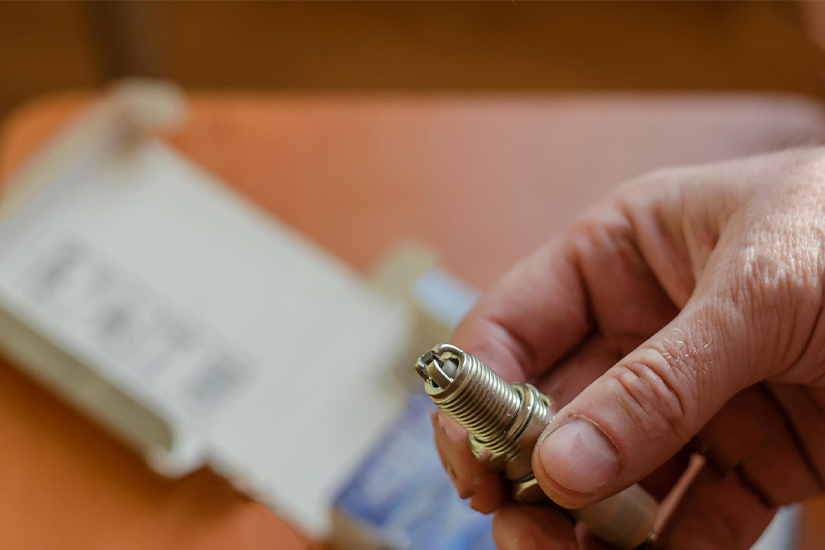8 important parts of the high performance spark plugs
The spark plug might look like a simple device, but it has a number of highly important jobs. Firstly, it creates an artificial lightning bolt in the combustion chamber of the engine. It transmits extremely high voltage to create sparks to light fires in the combustion chamber. The voltage of the spark plug can go somewhere around 20,000 to over 30,000 voltage. Given below is a brief outline of the eight important parts of the spark plugs that helps the device do its job with the utmost efficiency.
1. Ribs:
The ribs offer additional protection against spark flashover. It also helps in improving the grip of the high performance spark plugs against the body of the ignition coil. Aluminum oxide ceramic is used for molding the insulator body. A high-pressure and dry molding system is used for manufacturing this part of the spark plugs. As the insulator gets molded, it gets kiln-fired to the temperature that is more than the melting point of steel.
2. Insulator:
Modern spark plug insulators are made of a highly pure alumina ceramic which has excellent characteristics to protect against thermal shock and corrosion, as well as having good mechanical strength and thermal conductivity. The outer surface of the insulator is ribbed to ensure better grip for the ignition coil boot and to offer protection from spark flashover.
3. Hex:
The best spark plugs have a good quality hexagon that offers the contact point for the socket wrench. Usually, spark plugs have different size of hex, and these are related to the thread size of the spark plugs.
4. Shell:
The steel shell gets fabricated for exacting tolerances through a special extrusion procedure. Certain kinds of spark plugs have a bar stock or a steel billet for its shell construction.
5. Plating:
The shell of the best spark plugs is always plated because it improves durability and ensures corrosion and rust resistance. The hexagon gets machined in the shell, and it lets you utilize socket wrenches for removing or installing the plug.
6. Gasket:
Several spark plugs have gaskets, while others are gasket-less. Gaskets utilized on spark plugs have folded steel designs that offer a smooth surface for the purpose of sealing. The ones without a gasket have a tapered seat shell, which seals through a close tolerance that is inserted in the spark plug.
7. Threads: The threads of the spark plugs are not cut, but rather normally rolled. It meets the specifications that have been set by the SAE and the International Standards Association.
8. Ground and center electrode: The ground and center electrode are made of special alloy to reduce the erosion and wear rate caused by combustion gas.
As you can understand by now, spark plugs are precise pieces of equipment, even though they might look simple to the eye. High-end spark plugs consist of all the parts mentioned above, and the manufacturing company focuses on the quality of these individual parts too.
 An IATF 16949:2016 & ISO 9001:2015 Certified, An ISO 14001:2015 & ISO 45001:2018 certified Co.
An IATF 16949:2016 & ISO 9001:2015 Certified, An ISO 14001:2015 & ISO 45001:2018 certified Co.



Leave a Reply